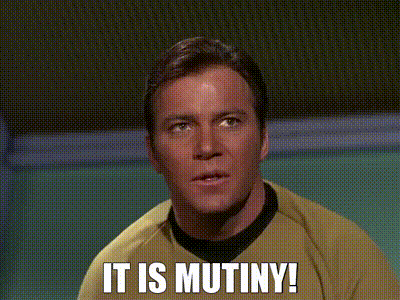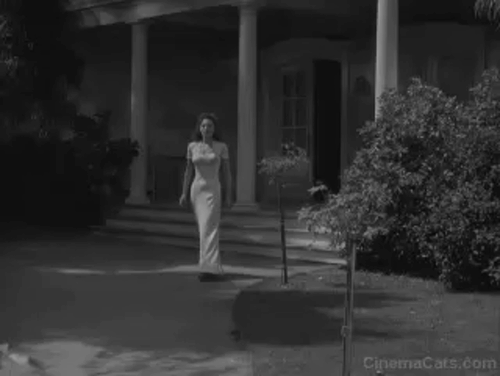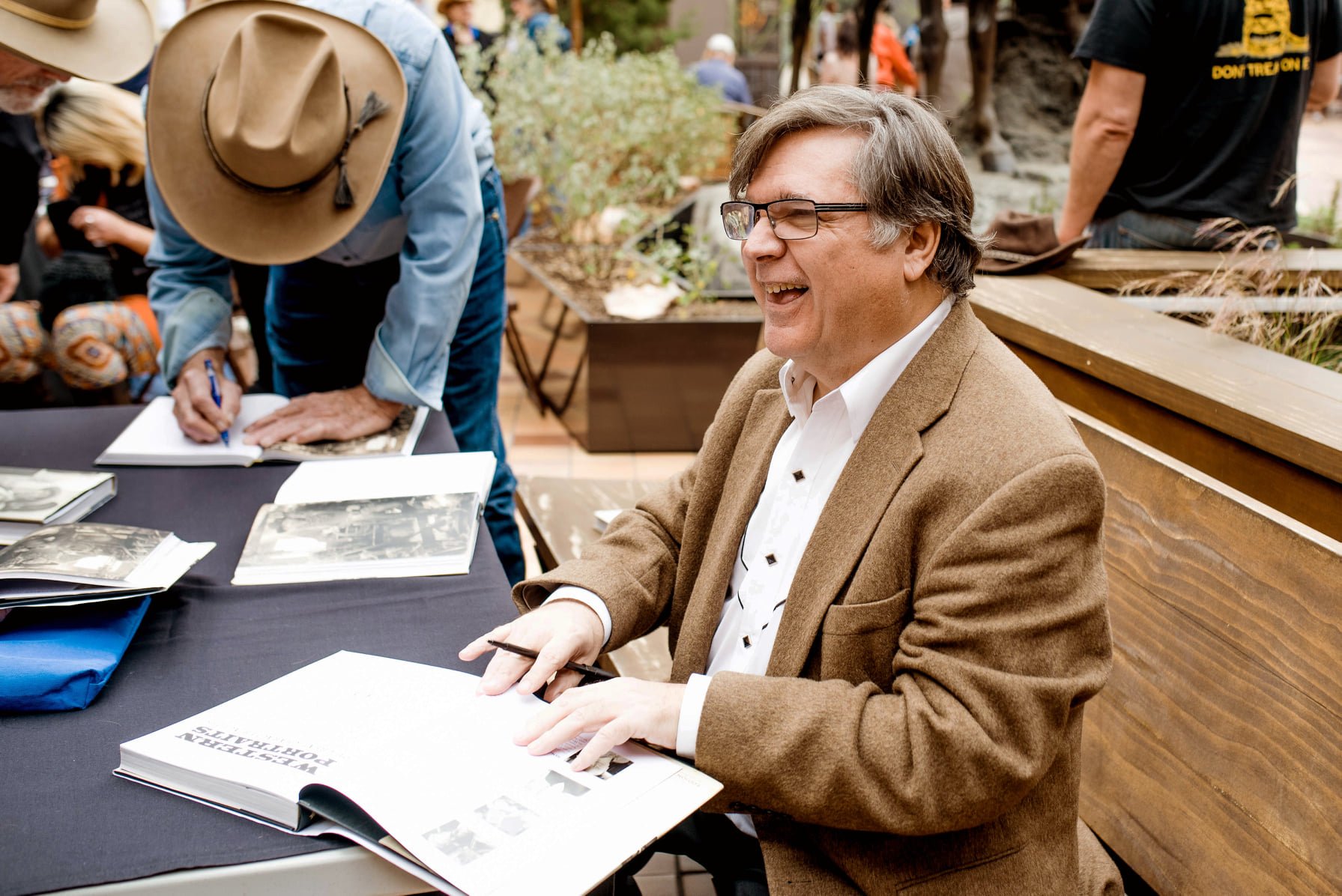“That’s a wrap!”
The sentence we are all waiting for after being on a film set for an excruciatingly long time.
“What kinda wrap?”
The sentence we are all waiting for after being on a film set for an excruciatingly long time without proper sustenance.
Making a film is exhausting enough, do we really have to starve while we’re at it? A wrap. With Turkey, Cheddar & Tomato. Yum. Good food, nourishing food, and plenty of food can be the three things that save a film producer from utter (and justified) mutiny. A bacon egg & cheese with hot sauce versus a stale cold bagel might be the difference between your sound guy going for another take versus saying:
“Screw this and screw you, there’s an airplane in the background but idgaf because I’m hangry.”
As an actor, producer, director & part-time cook, I fully understand and never underestimate the power of a proper meal. I grew up in a family run grocery store (established in 1941!) and spent most of my summers & breaks from school pillaging produce, so working long hours & eating food has always been a big part of my life.
Back to the film world.
I’ve been on sets where I’ve had no energy because I wasn’t properly fed. I’ve been on set where I’m cooking homemade pasta and meatballs and probably over extending myself. Like everything in life, there needs to be balance. As a food lover, and also someone who understands the hard labor that goes into making a film, I always say that feeding the cast & crew WELL and OFTEN is the MOST important task on your to-do list.
Breakfast.
Most important meal of the day, especially if you are shooting early. Not only should you have unlimited coffee throughout the day, you should also 100 thousand percent have water. These two things should never run out. Ever. If you do, you’ve failed and you deserve to walk the apple box.
“If we warned you once, we warned you a million times, Steve, Turkey Bacon is not real Bacon!”
It’s perfectly fine to order bulk, like bagels or breakfast sandwiches, especially if you have a large cast & crew and a time crunch. HOWEVER, I always recommend reaching out individually to your team members to ask if there is anything specific they would like. Obviously if they are asking for smoked salmon, caviar and champagne showers, and you aren’t Jerry Bruckheimer, tell ‘em to settle down. But things like swapping a croissant instead of a bagel, or an iced coffee with some vanilla syrup over a regular cup of Joe, go a long way.
It’s not so much the food or drink itself as it is you acknowledging that you recognize that your people are important and that they deserve a little consideration for the massive amount of time and energy they are putting into your project. Being aware that you are not working with robots, but with real life humans will get you far in this business.
People remember little things and if you are considerate, attentive and take a little extra time to cater to and care for your crew, they will undoubtably not only do the same for you, but also remember that you did and want to work with you again (and maybe even recommend you to others in this god forsaken industry!)
Glorious Snacks!
Snacks.
You can never have too many snacks. It doesn’t have to be over the top, but having food available all day on set is such a nice touch. It allows people to grab a little pick me up during the long hours and breaks when lighting is getting fixed, shots are discussed, batteries being changed, or actors are rehearsing. Something light, yet filling is perfect. Things like a variety of granola bars, a platter of fruit (good against fighting scurvy as well) juice, or some multi-grain sun chips will give your crew the little extra boost of energy they might need for that mid day slump. If it’s a crew I’ve previously worked with, I make sure to remember the things they got excited about, like eggnog in July or sugar-free red bull and I always make sure to have some of that whenever I work with them. I’ve had crew members take pay cuts because they felt appreciated enough to also give me a break as an independent and perpetually broke artist.
Dinner.
This is a big one as you are probably now somewhere between hour 8 and hour why tf is the director still breathing if I haven’t been fed? MAKE SURE YOU EAT TOGETHER. I have been on set where the director starts eating without his cast & crew. This is a sure fire way to bring a curse down upon you and the entirety of your project.
I would also recommend, if you can fit it in the budget, to allow variation. Pick a restaurant, or better yet, have your squad vote on what type of cuisine they are in the mood for, then allow them to individually chose what they would like off the menu (within reason) and you will find yourself with some very happy hands. Of course you can always squeeze in a day of pizza but do NOT, my god I repeat, DO NOT feed your mates the same meal for multiple consecutive days. This is not a deserted island we are stranded on, it is a professional setting where taco bars and sushi are going to bring you spectacular results and lasting energy that you will thank yourself for when you see the final film. Make it an adventure! Plus, you won’t have to worry about the crew trying to eat you (even though you would deserve it).
Also, please, ALWAYS make sure to ask in ADVANCE about allergies or diet restrictions— there is nothing worse than getting to set and realizing that something someone ate might be able to kill you. This is super unsafe practice and also horrible for the person trying to work under stressful and anxiety-ridden conditions.
Try these tips and I guarantee specular results will follow. It’s hard enough to make a film, why even bother if it’s going to be an unpleasant experience for those who are willing to be a part of it? I always think back on the projects I’ve produced and I smile at the fact that no matter what road bumps we’ve hit, or setbacks we’ve endured, I know in my heart that I did everything I could to make sure my people were well fed.
Food is a love language!
Food is also incredibly important in regards to energy—you never want to overfeed or serve cuisine that will knock your party out or make them too tired to do their job. But again, not having enough food is always worse. There’s no telling what I might do when I haven’t been fed, and I wouldn’t wish that sort of rage on anyone…except maybe you if you ignore this warning.
I’m starving, so I’ll leave you now with a great recipe that’s not only healthy but also delicious, filling and perfect for your first voyage into feeding the crew.
Ahoy!
E
Serves 1 Italian. For normal people, a pound of pasta should feed 4.







































